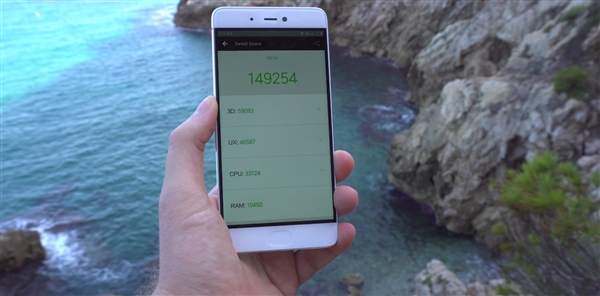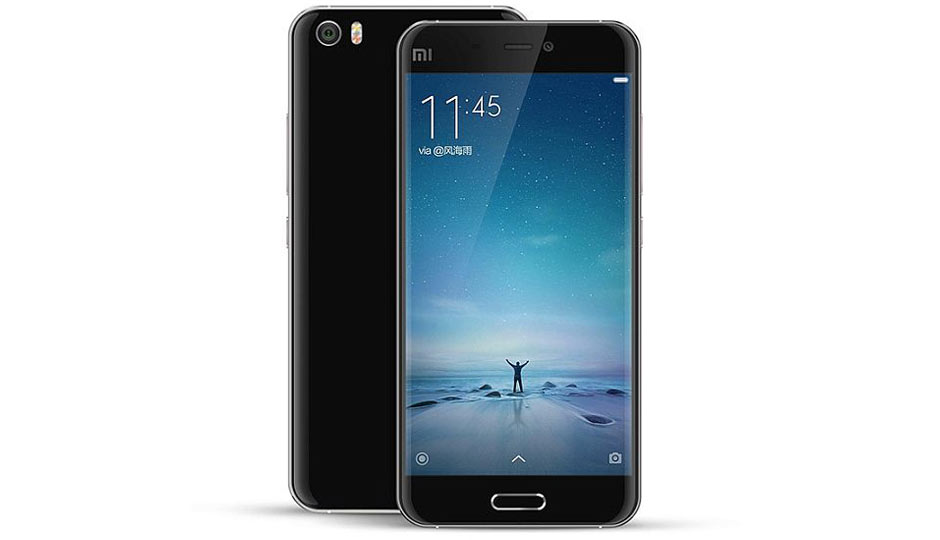Xiaomi‘s Mi series is the company’s flagship models which usually come with one upgrade on the other. Right from time, Xiaomi has always improved on the series’ cameras right from the Mi 2 to the dual camera packing Mi 6. The Mi 6 isn’t the first dual camera phone manufactured by Xiaomi. It is, in fact, the company’s third dual camera smartphone but the phone has turned out to be the Xiaomi’s best dual camera flagship till date.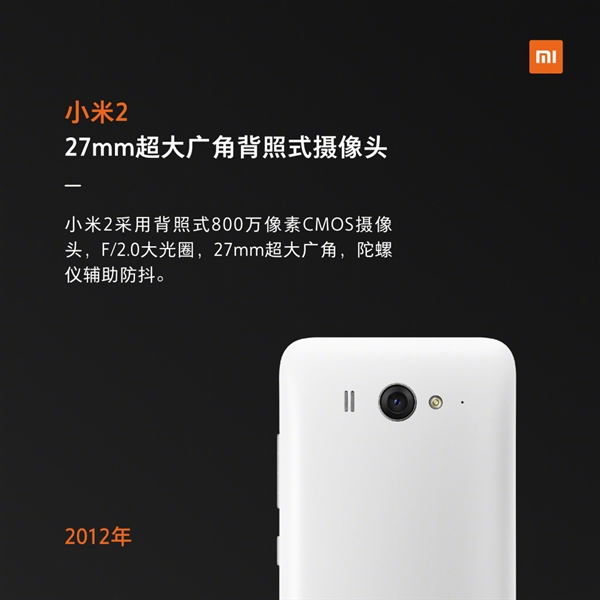
The Xiaomi Mi 2 was released in 2012 with a 4.3-inch display. Despte the size, the device featured an 8MP camera with f/2.0 aperture, autofocus, 27mm wide angle, back-illuminated CMOS and LED flash. The camera also features Geo-tagging, touch focus, face/smile detection, HDR and can shoot Full HD video 1080p@30fps. The Mi 2 also packs a smallish 2MP selfie camera which can also capture 1080p videos at 30fps.
The Xiaomi Mi 3 quickly followed the Mi 2 and was introduced in 2013. The Mi 3 came with a more powerful 13MP ExmorRS main camera with f/2.2 aperture, 28mm wide angle, autofocus, dual-tone LED flash. The camera also comes with features such as Geo-tagging, touch focus, face and smile detection, HDR, Full HD video capture at 30fps. Xiaomi touted the Mi 3 camera as the first domestic mobile phone to support RAW format. The secondary camera is still a 2MP sensor with f/2.2 aperture which seems to suggest Xiaomi was focusing on the main camera during these years.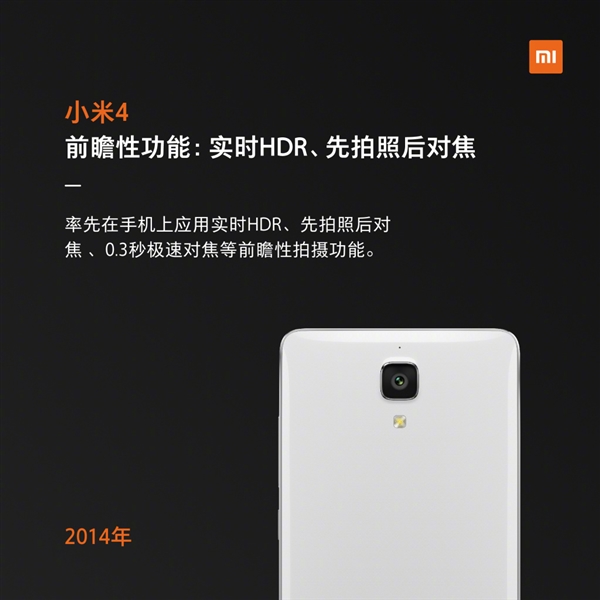
Xiaomi Mi 4 was announced in 2014, taking the rein over from the Mi 3. The sleek device is said to be the first Mi phone to feature real-time HDR and also touch focus. The Mi 4 packs a 13MP camera but with a smaller f/1.8 aperture. The Mi 4 also saw a huge leap from 2MP selfie camera to an 8MP selfie camera with f/1.8 aperture, signalling a shift towards better selfie cameras.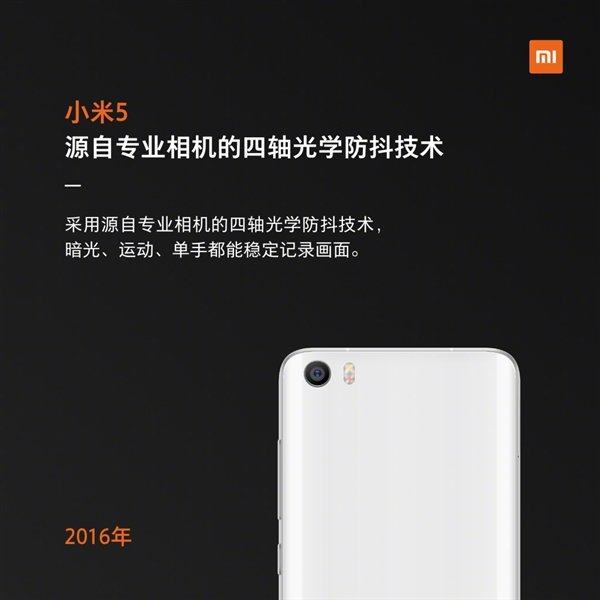
Xiaomi took things to another plane on the Mi 5 which feature a four-axis Optical Image Stabilization (OIS) found in professional cameras. The Mi 5 camera is a powerful 16MP sensor with f/2.0 aperture, dual-tone LED flash which the rear camera was reduced to a 4MP sensor for whatever reason best known to Xiaomi. The company spent two years before releasing the Mi 5 in 2016 and it was worth the wait.
Xiaomi released the Mi 5S also in 2015 and it also had some improvements in its cameras. The main camera is a powerful Sony IMX378 sensor with f/2.0 aperture. The Mi 5s also features a 4MP camera. The Mi 5S Plus was aso released with dual 13MP cameras at the rear and a similar 4MP sensor at the front.
Read More: Xiaomi Mi5s Plus Review – The Xiaomi Monster Phone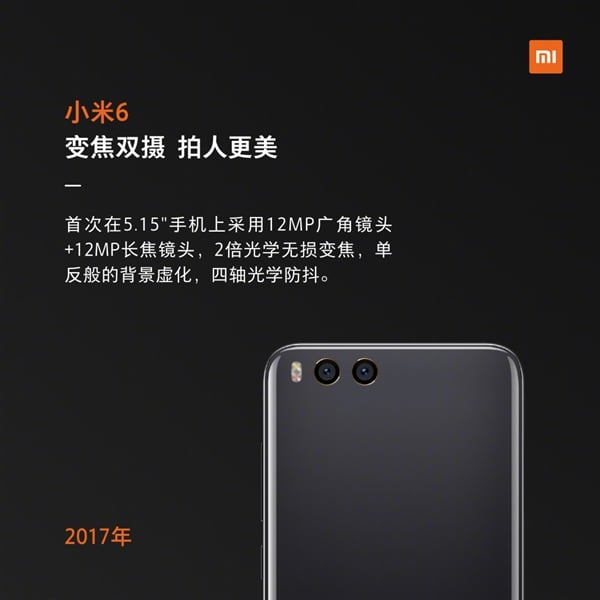
Now, with the Xiaomi Mi 6 which also has a dual camera setup, the company have taken things to another level, using a similar setup as the iPhone 7 Plus, a 12MP wide angle lens, and a 12MP telephone lens. The two rear cameras on the Redmi Pro were far from impressive but the setup on the Mi 5S Plus turned out to be quite good. The two cameras at the back managed to capture good-looking images especially in broad daylight, but the real difference due to the dual cameras was seen in the low light images. The stereo mode helped take pretty good low light shots, better than previous generations. Indee, with the Mi 6, you get two times lossless zoom and also better shooting.


